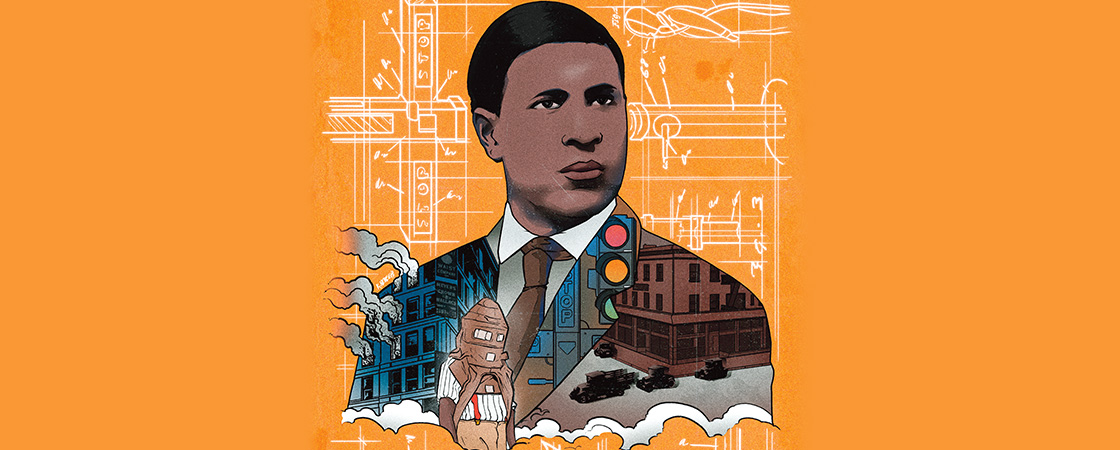IanDagnall Computing/Alamy Stock Photo
Garrett Morgan
Garrett Morgan must have looked odd. He was standing on a platform in the middle of Lake Erie in his pajamas. A bulky hood was draped over his head and shoulders. Long tubes hung from the front of the hood like elephant trunks.
But Morgan probably wasn’t thinking about how he looked. It was July 25, 1916. Hours earlier, a violent explosion had ripped through a tunnel deep under the lake. Two dozen men lay dying in a cloud of poisonous gas more than 100 feet below the platform on which Morgan stood. Several attempts to rescue them had failed.
Now Morgan was their only hope, and he was counting on his peculiar-looking hood to keep him alive.
The “safety hood,” as he called it, was a breathing device that Morgan had invented. It filtered out smoke and other toxic fumes while protecting the wearer from extreme heat. For years, Morgan had been waiting for the opportunity to show the world once and for all that it worked. This was his chance.
He was going to prove it—or die trying.
Garrett Morgan must have looked odd. He was standing on a platform in the middle of Lake Erie in his pajamas. A bulky hood was draped over his head and shoulders. Long tubes hung from the front of the hood like elephant trunks.
But Morgan probably wasn’t thinking about how he looked. It was July 25, 1916. Hours earlier, a violent explosion had ripped through a tunnel. It was deep under the lake. Two dozen men lay dying in a cloud of poisonous gas more than 100 feet below Morgan. Several attempts to rescue them had failed.
Now Morgan was their only hope. He was counting on his strange hood to keep him alive.
He called it the “safety hood.” It was a breathing device that Morgan had invented. It filtered out smoke and other toxic fumes. It also protected the wearer from extreme heat. For years, Morgan had been waiting to show the world that it worked. This was his chance.
He was going to prove it—or die trying.

